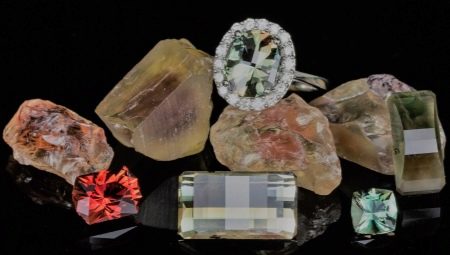Today, the precious market is replete with artificial jewelry - their number far exceeds natural products. For this reason, the issue of the difference between natural gems and artificial products has become urgent. First, you need to deal with concepts such as imitation and synthesized precious product.
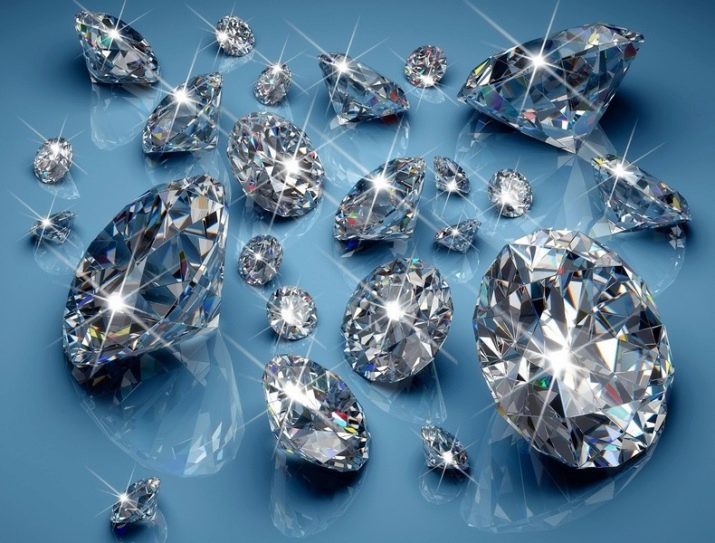
Features
A stone similar to a natural mineral, but created in a laboratory, is called a synthesized jewelry stone. In its physical and chemical parameters, it completely coincides with natural stone. A product that repeats only external data, but not structural properties, is called imitation.
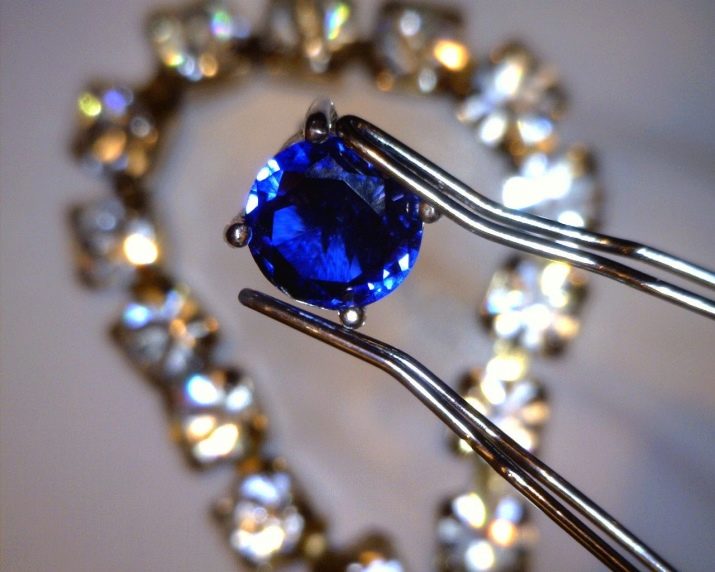
Thanks to modern technology, a stone can be artificially grown in a laboratory in a short time. For the growth of minerals, ideal conditions are created in which specialists improve the characteristic properties of the product. For this reason, synthetic samples correspond to natural materials of high quality.
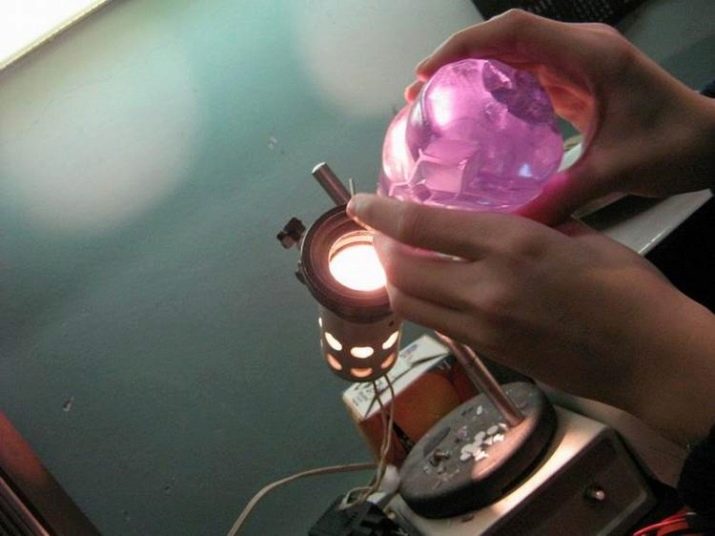
They have been manufacturing synthetic jewelry since ancient times, using multi-colored glass as the starting material. In the 19th century, special institutions appeared in which high-quality rubies and sapphires were created that were difficult to distinguish from real ones. Such centers appeared in Russia.
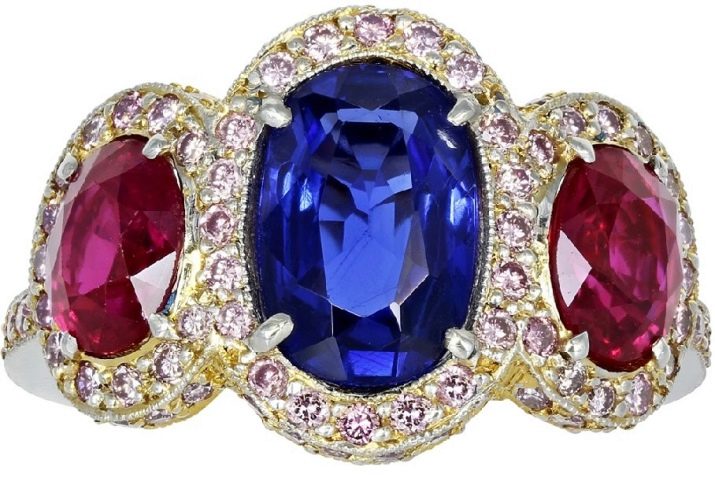
What stones imitate more often and how to check?
Turquoise
Superiority in imitation takes turquoise. Genuine turquoise is almost impossible to find in nature. Craftsmen make jewelry from turquoise powder, glue small particles of a crystal. More than half of the turquoise gems are not natural.
Turquoise is a semiprecious mineral, a symbol of happiness and good luck. They began to fake turquoise in Ancient Egypt, replacing it with tinted glass.
Since then, both jewelers and lovers of this stone have been trying to recognize the true mineral.
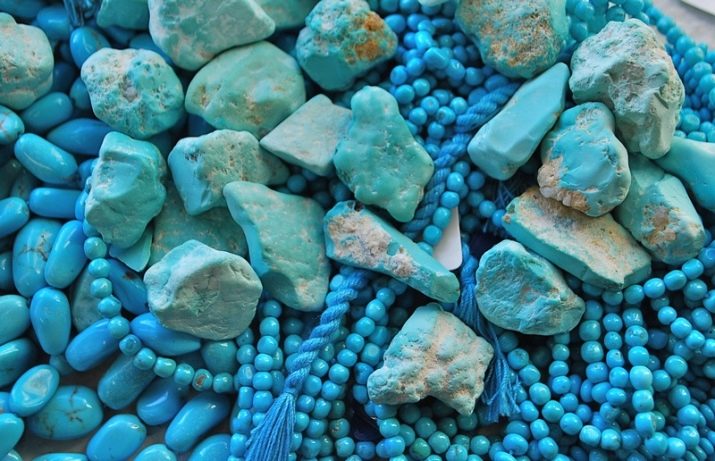
There is a simple way to distinguish a script from a fake: immersed in pure water for a while, the stone absorbs moisture and changes color.
Ruby
The leader group for the manufacture of synthetic gems is ruby. When choosing a ruby, buyers need to remember that a natural product of the same name that looks cloudy, not particularly clean, the crystal is expensive. If the buyer is invited to purchase a stone at an affordable price and high quality, then most likely it will be a synthesized stone or imitation.
The basic rule for determining the authenticity of a ruby is the correspondence of price and quality.
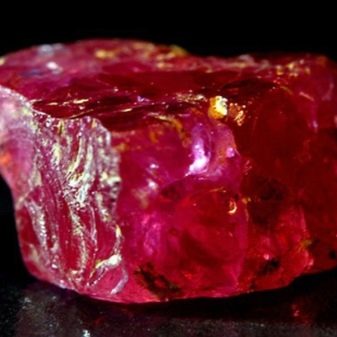
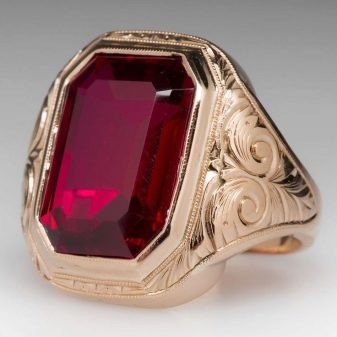
Diamond
This stone also occupies one of the leading places in synthetic gems. Specialists for the manufacture of synthetic minerals use:
- low-quality natural crystals;
- glass and plastic;
- combined crystals with glass.
To determine the quality of the stone, you need to pay attention to the place of bonding. If there are bubbles, then this is a fake. But reliably recognize the authenticity of the gem will help the evaluator.
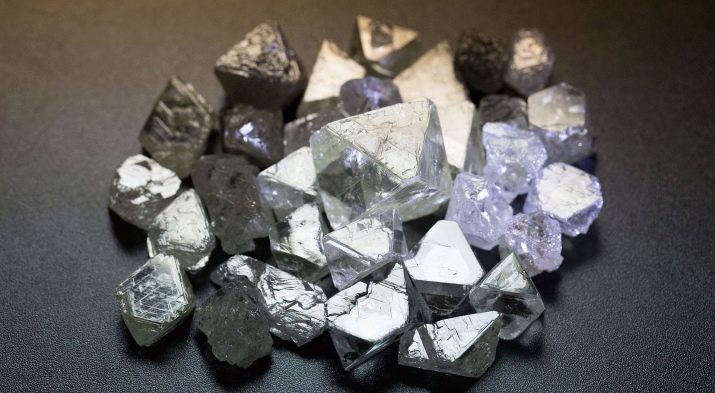
Emerald
This stone refers to expensive high-class precious nuggets. The shade of emeralds is different - it depends on its deposit. The most valuable are the Colombian options, which have a bright green with a blue color.
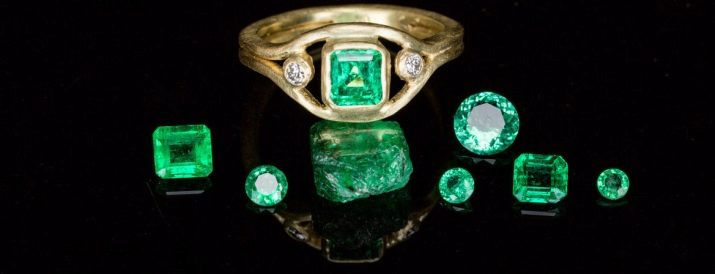
The first synthetic emerald was grown by the Germans in the 19th century. Artificial emeralds are a skillful fake. You can distinguish a fake by its faces: in the light, they are clearly visible, and you can see the parallel arrangement of the faces.
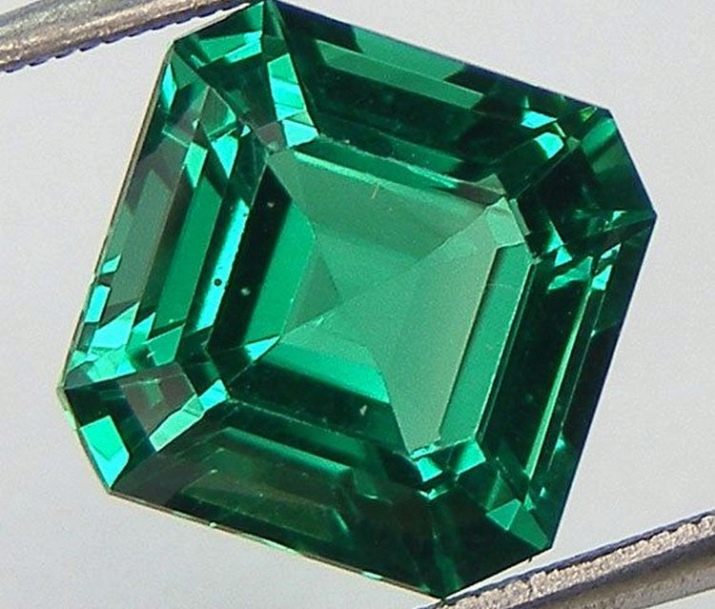
Sapphire
If we talk about sapphire, then this is the same crystal, with properties slightly inferior to diamond. Sapphire is endowed with an unusual blue or purple color with a strong shine. There is a myth that real sapphire has magical and healing properties, brings happiness to the owner, protects from damage and slander.
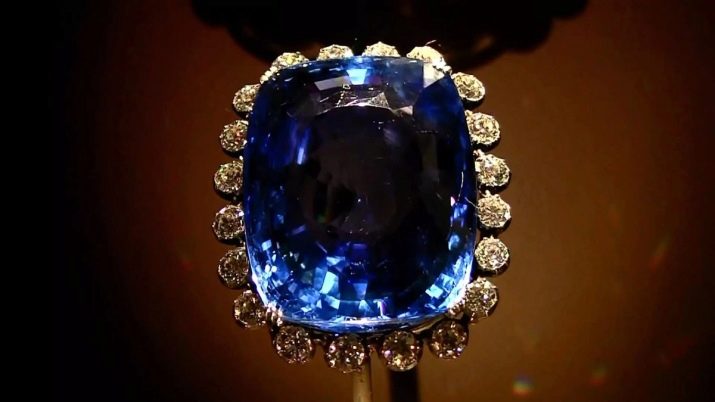
In appearance at home, it is impossible to recognize a genuine stone from a fake - only a professional appraiser can do it. Under a magnifying glass, a specialist will check the refraction of light and, lowering the mineral into a special liquid, will determine the authenticity of the product. If sapphire is real, it, unlike a fake, will drown.
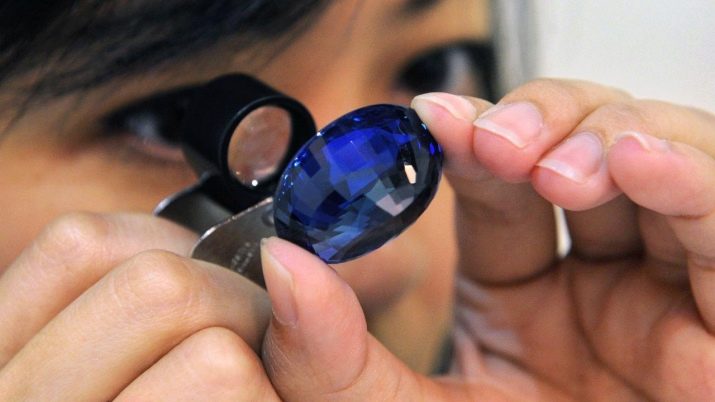
Pearls
Real pearl is a precious gem with a heterogeneous structure, uneven color, characteristic strength, density and value.
Natural pearl is a mineral with a rough surface and sandy texture.
If you hold a pearl bead on the tooth surface and hear a creak, it means that the pearls are real.
Synthetic beads do not make a creak. You can also throw a bead on the floor - real pearls will bounce up, and artificial pearls can crack and crack. There is a difference between the fake and the touch: the natural stone is cool, and the artificial version has an ambient temperature.
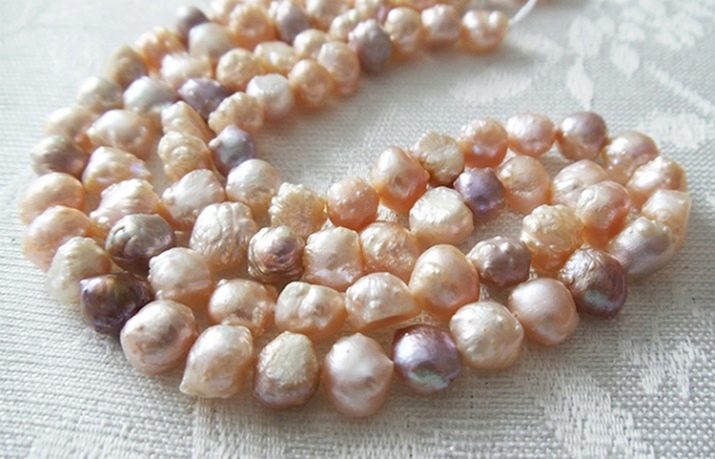
Amber
One of the oldest stones is amber. For hundreds of thousands of years, people have adorned their clothes, their homes, and themselves with precious gem products. Recently, in the jewelry market there are many fakes and high-quality imitations of stone. It is not difficult to recognize real amber - it is imitated by low-quality crystals, plastic. If you bring a match to the fake, the mineral heats up, there is a smell of plastic, not resin.
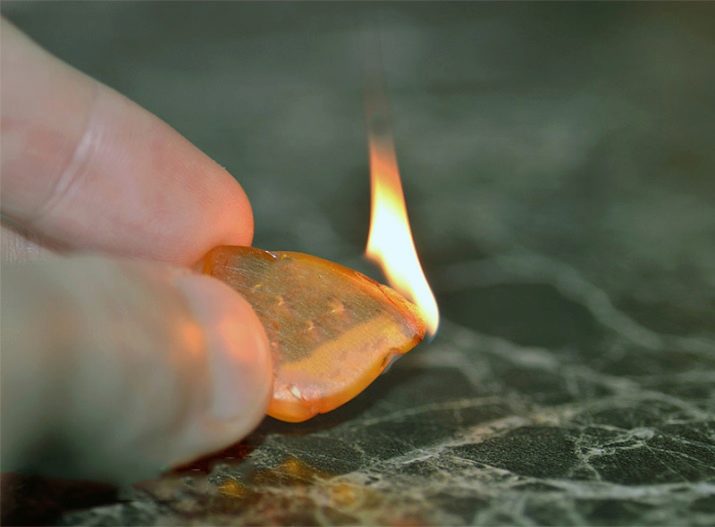
Diamond
This stone is a processed natural diamond, an expensive gem, which is most popular among jewelers and buyers.
To distinguish a fake from a genuine diamond, you need to consider it under a lighting fixture at a right angle. The real diamond will illuminate the edges located behind. The authenticity of a diamond will confirm its hardness.Glass can be cut with a diamond - it will certainly leave scratches and roughness on the surface of other minerals.
A real diamond is not afraid of sandpaper: if you rub it with a diamond surface, then there will be no changes.
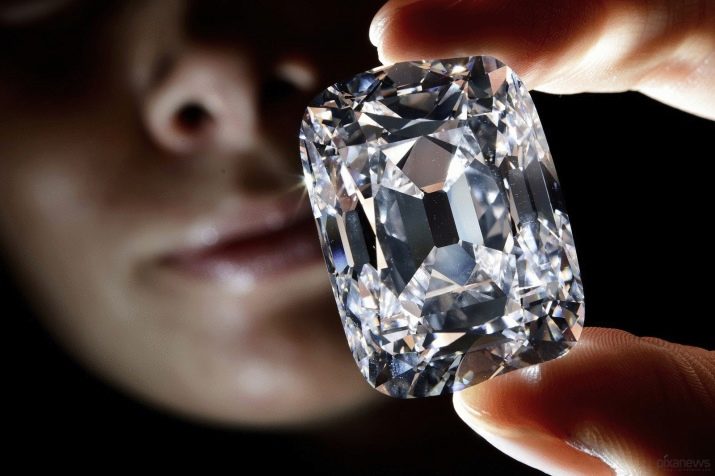
Ruby
Many fashionistas have jewelry with huge bright red stones. These are real or artificially grown rubies. A real ruby costs a little cheaper than diamond. There are several ways to determine the authenticity of a stone:
- if you put the mineral in a glass dish, then a reddish light will pour out of it;
- if you put a ruby in a glass of milk, it will turn red;
- if a real stone lies on the eyelid, it will retain its temperature.
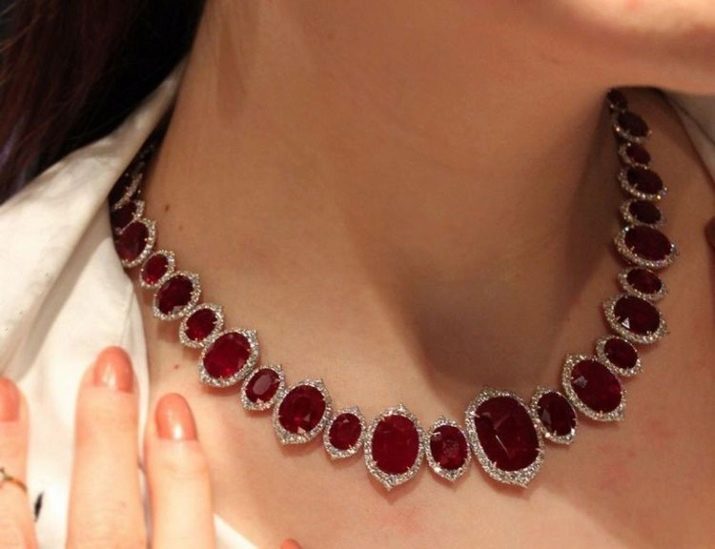
Topaz
The semi-precious topaz stone looks unusually beautiful. It is named after the island called Topazion, located in the Red Sea. Topaz jewelry is the most popular item chosen by women.
To determine the authenticity of the crystal at home, you need to take wool fabric as assistants. If you rub a real topaz on the wool, it will be electrified and will attract small objects to itself.
Then there will be no doubt that this is a real noble gem.
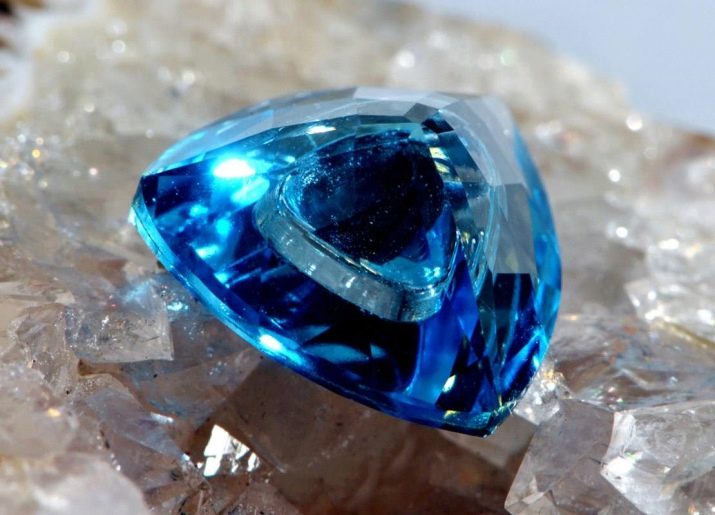
From the foregoing, the following conclusion can be drawn: jewelry acquisitions are checked in several ways. They are summarized below:
- to the touch - natural stones have a lower temperature;
- visually - when viewed under a magnifying glass, you can see defective cracks in natural stones;
- by color - for example, turquoise fake will dye the fabric with which the stone is rubbed;
- by smell - for example, if you bring a lit match to amber beads, then the smell of tar should be released during burning;
- hardness - an example of a diamond, cutting glass;
- on thermophysical properties - an example of electrified amber.
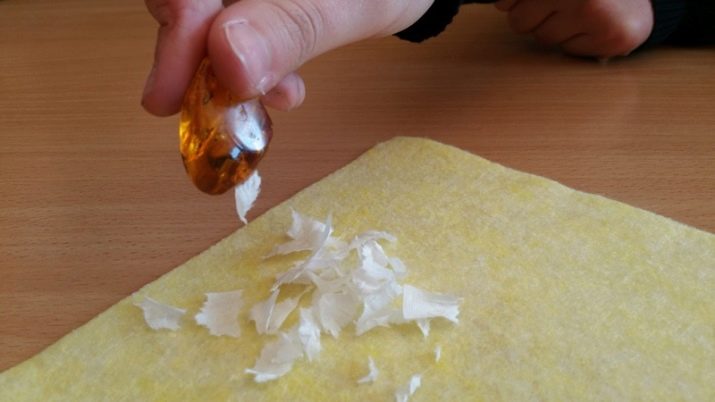
See how to distinguish natural stones from fakes and imitations in the next video.
